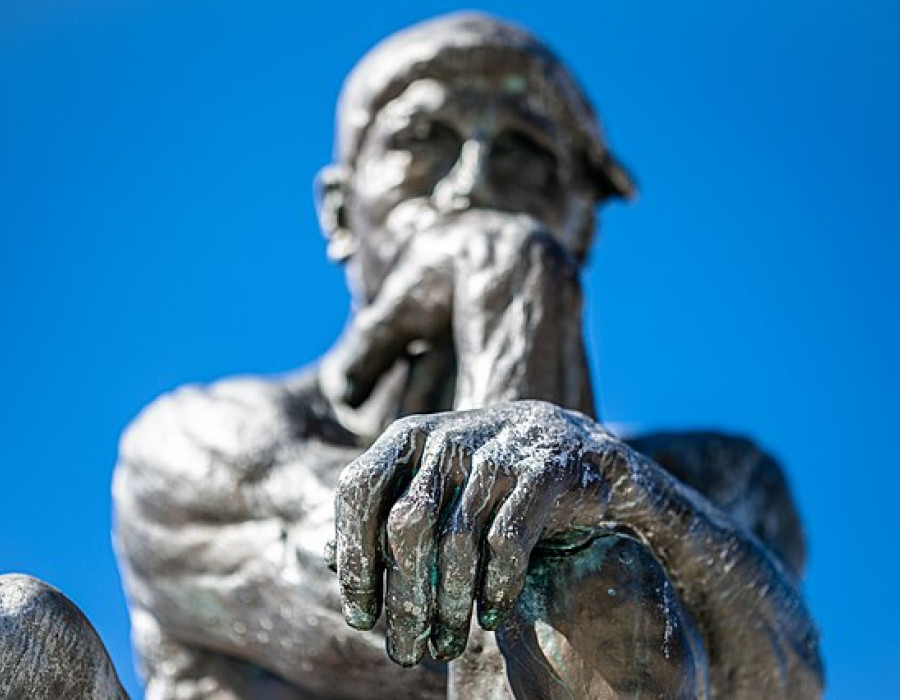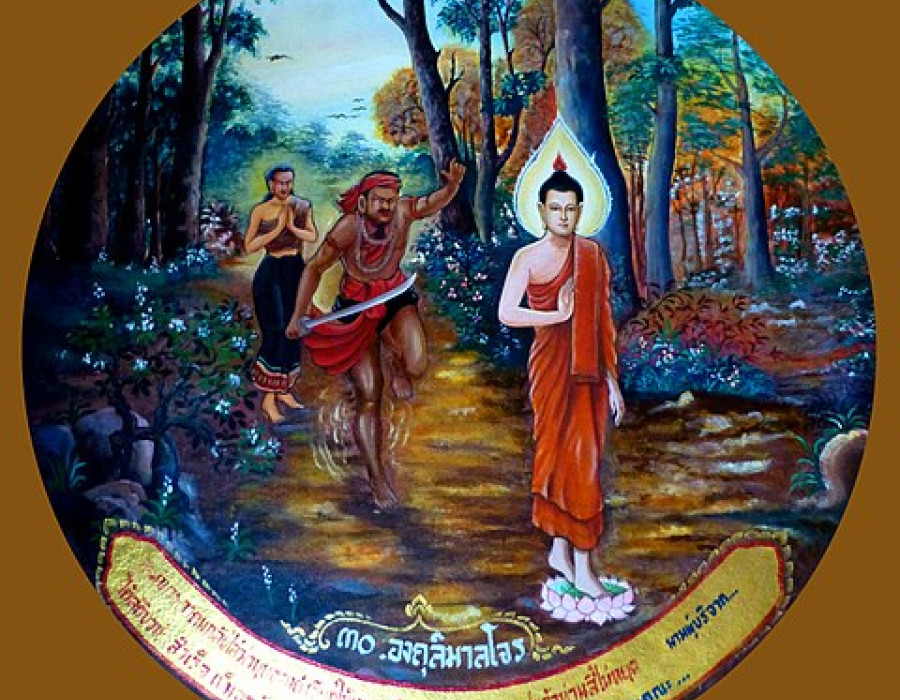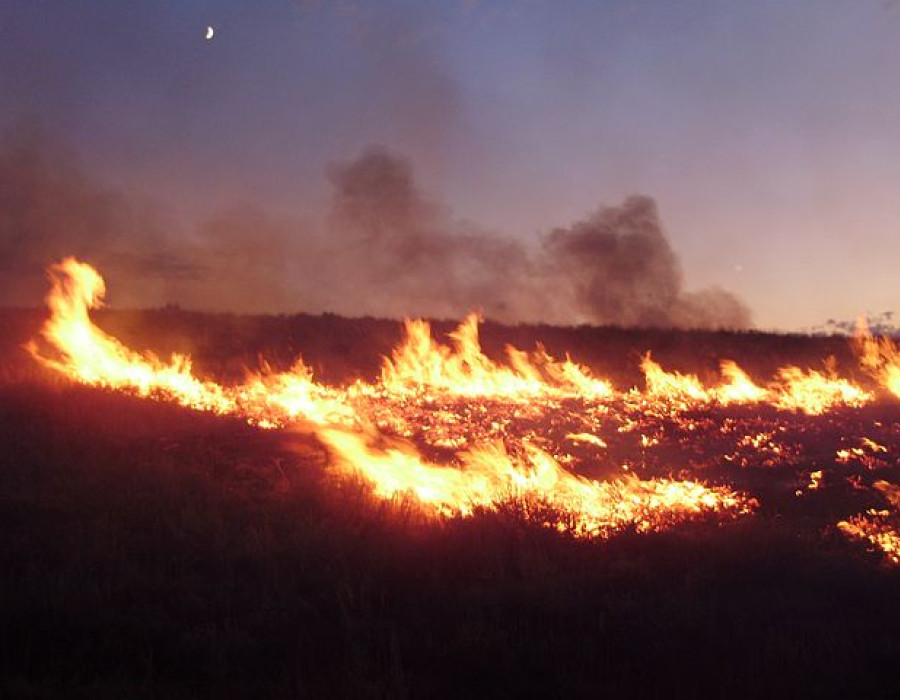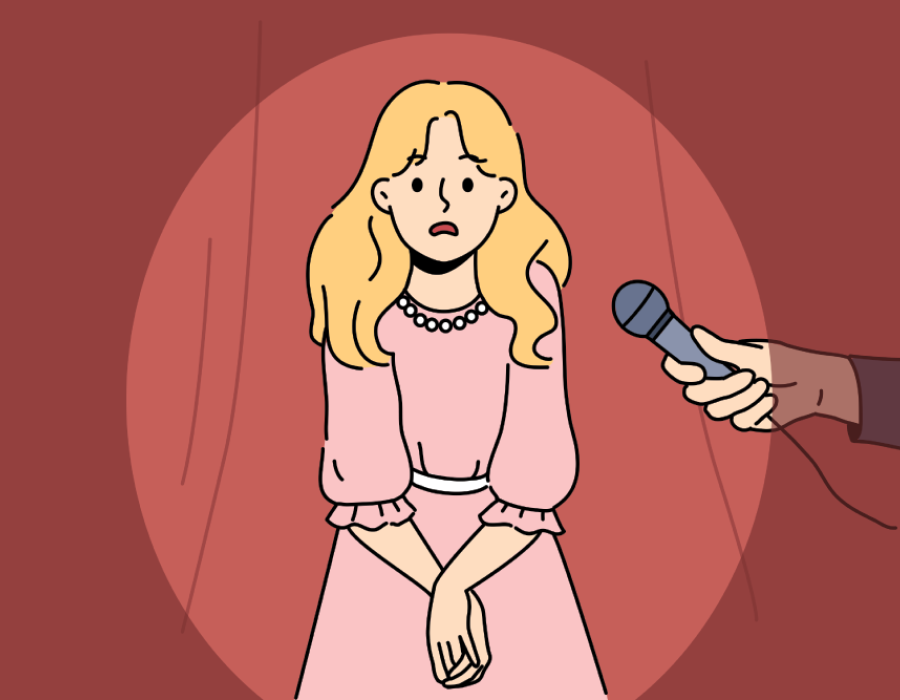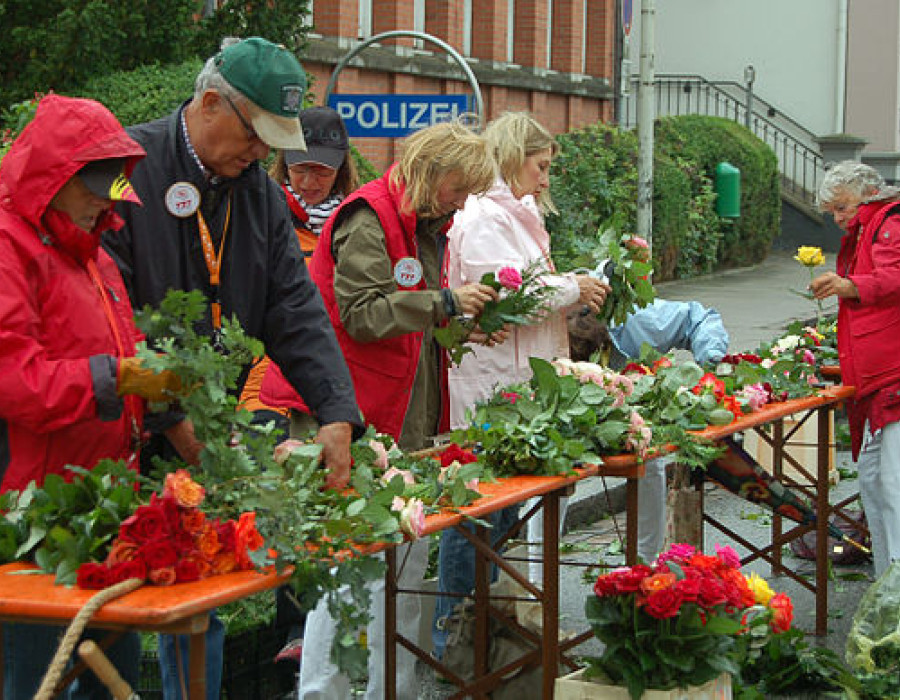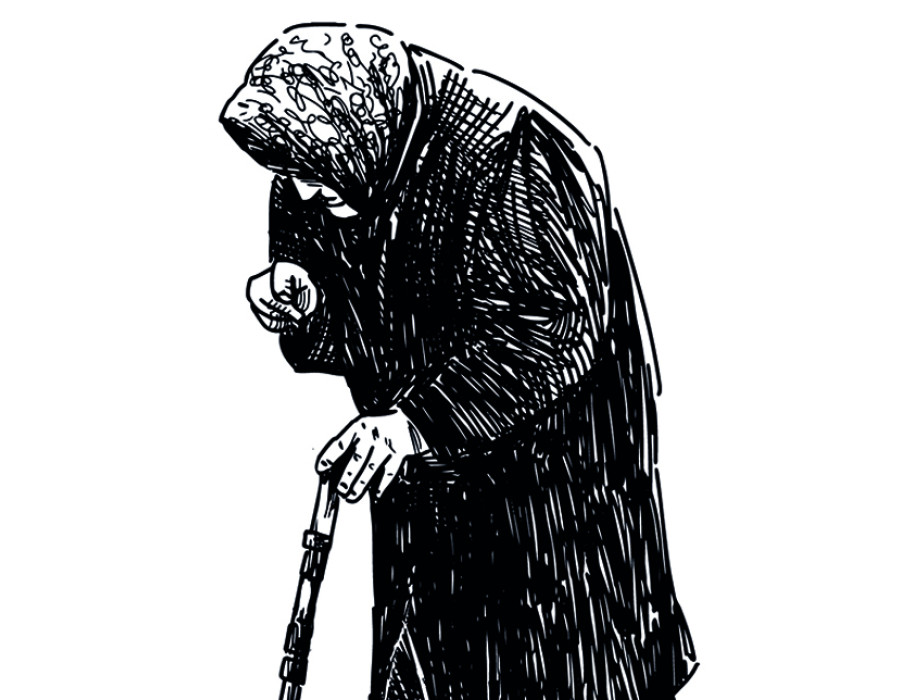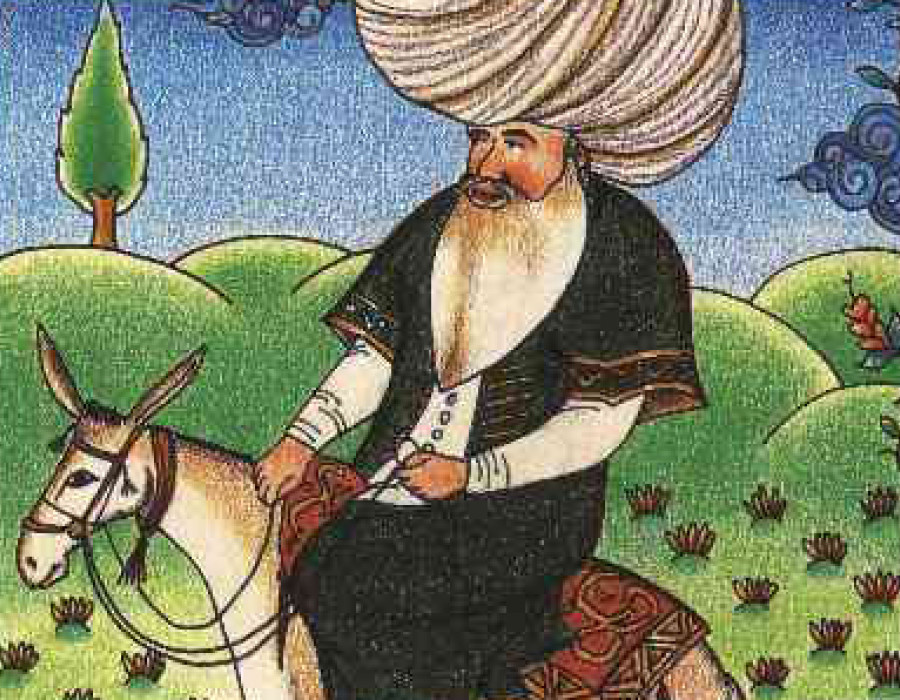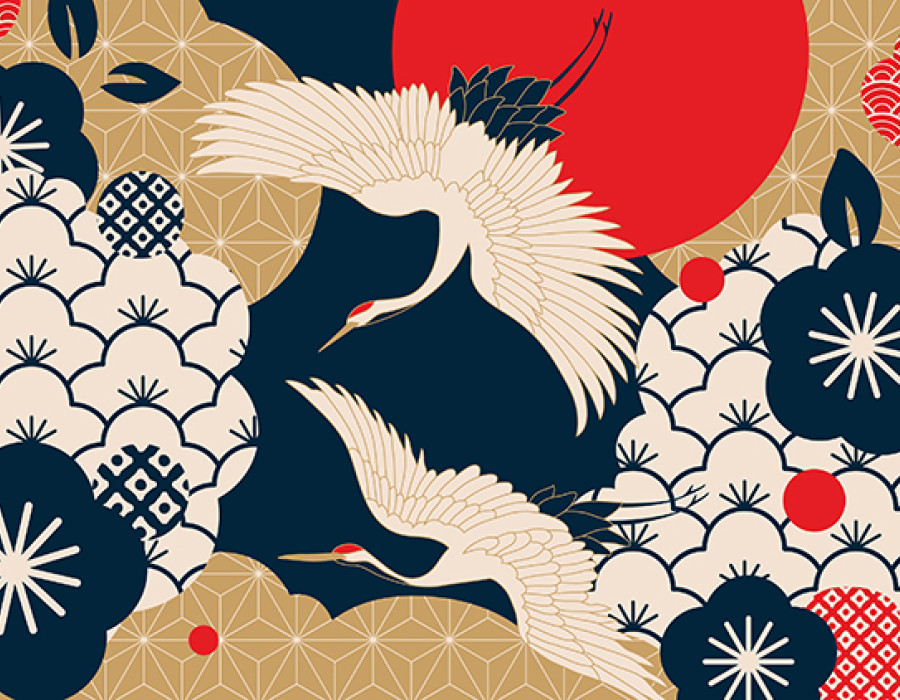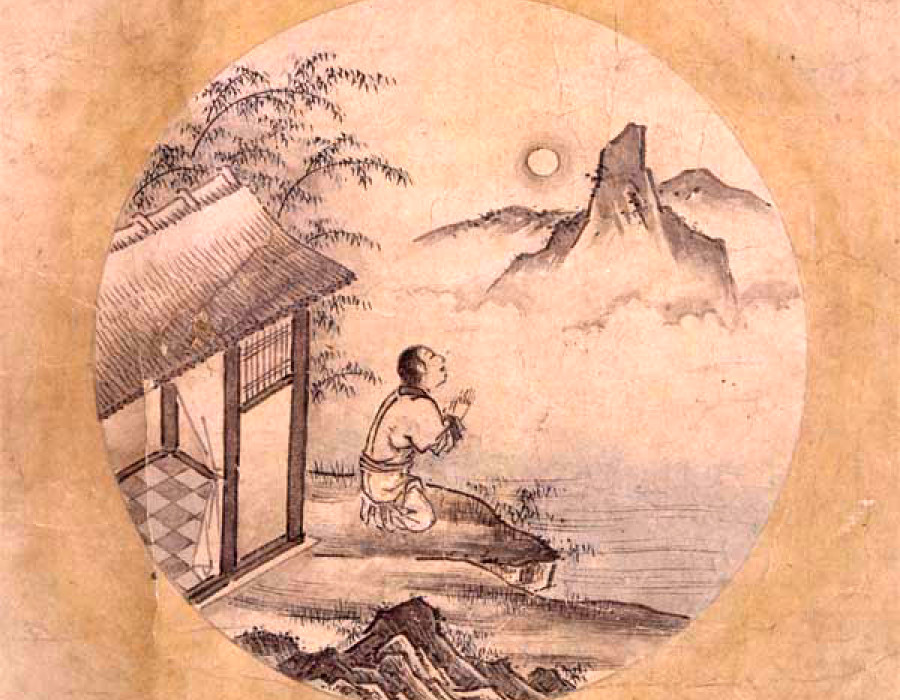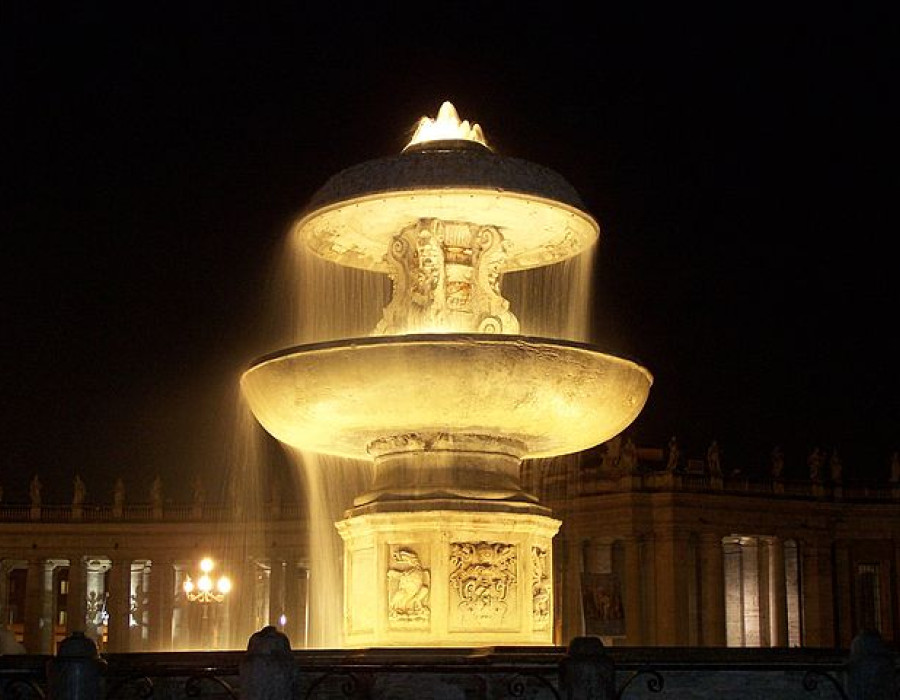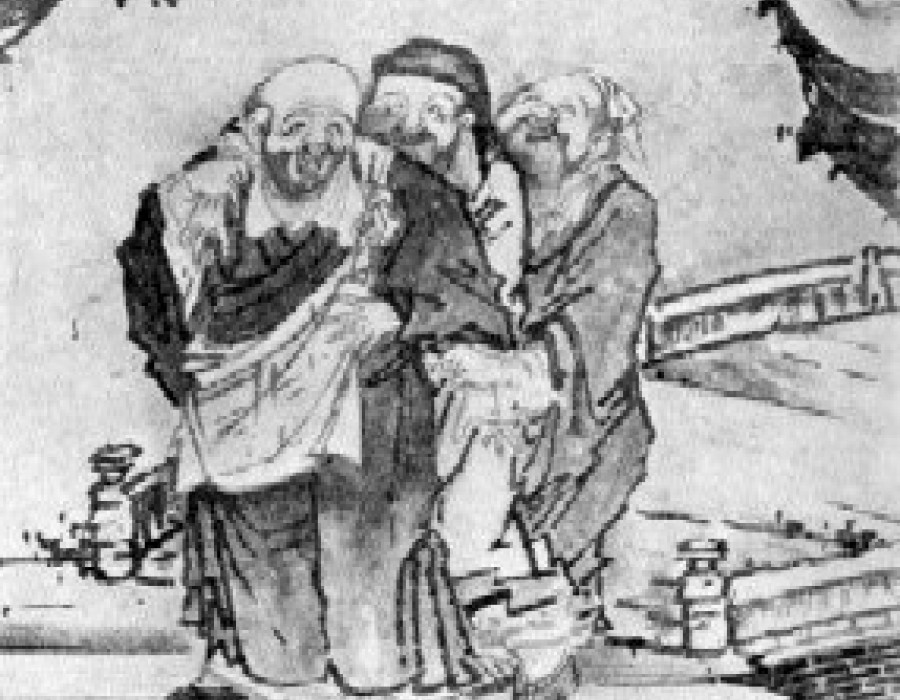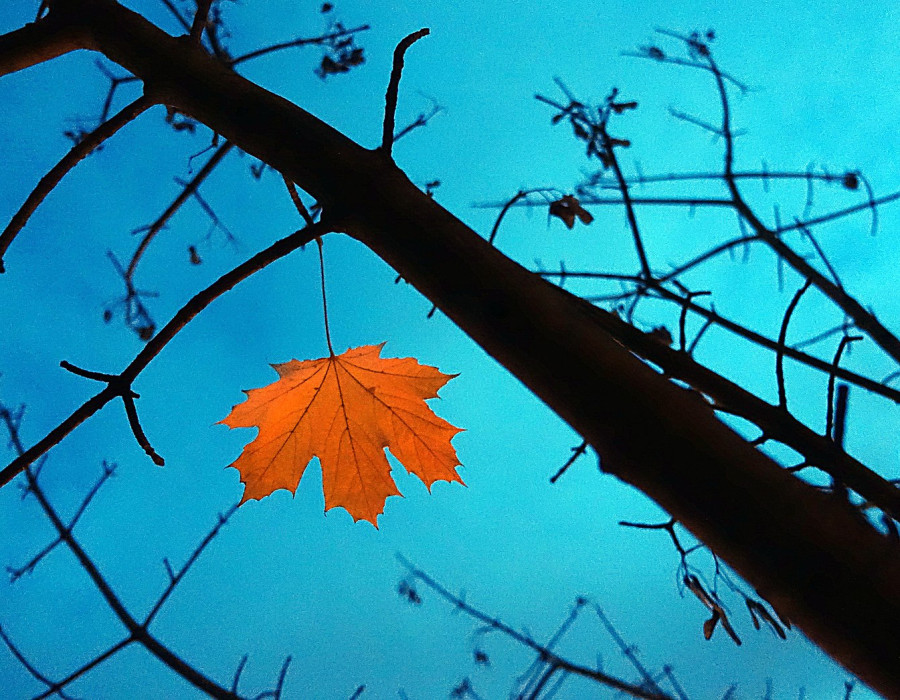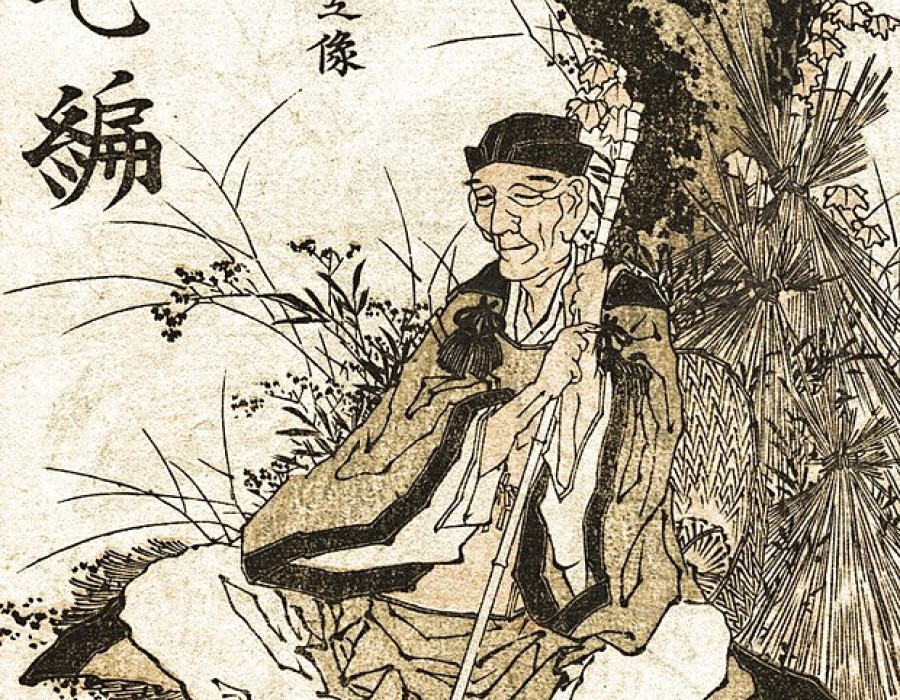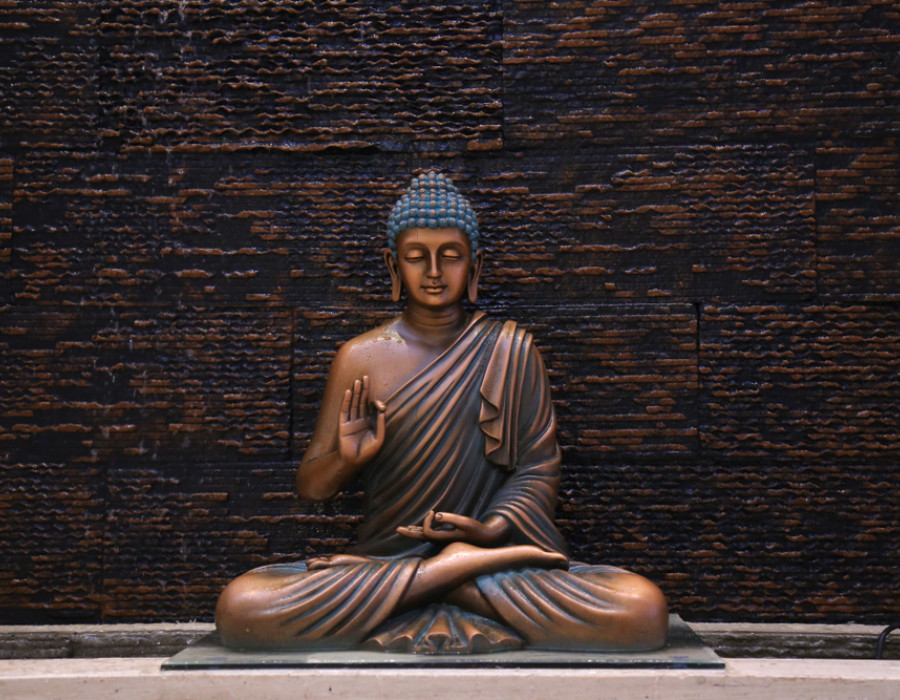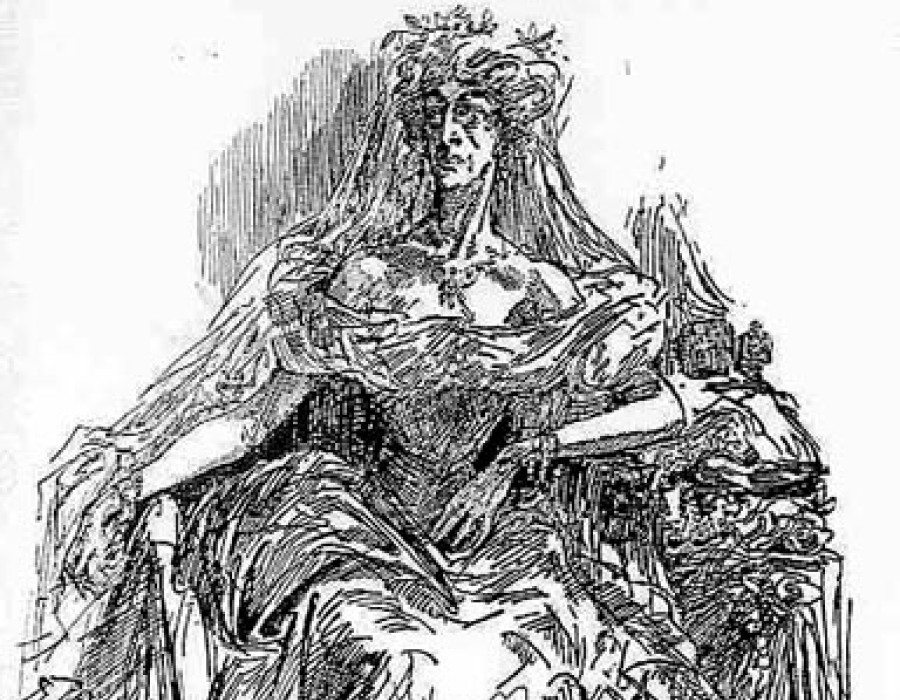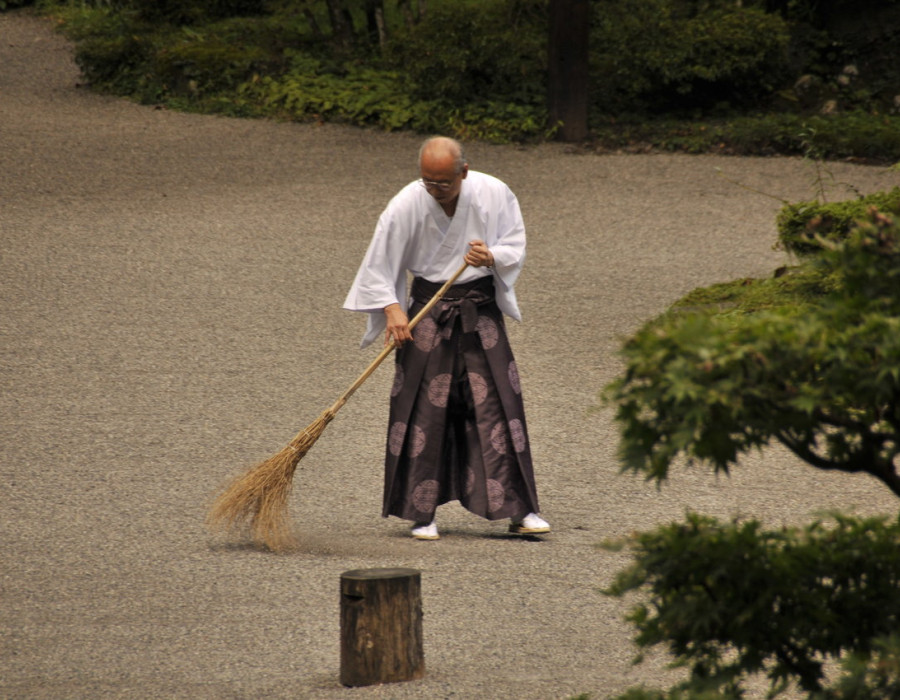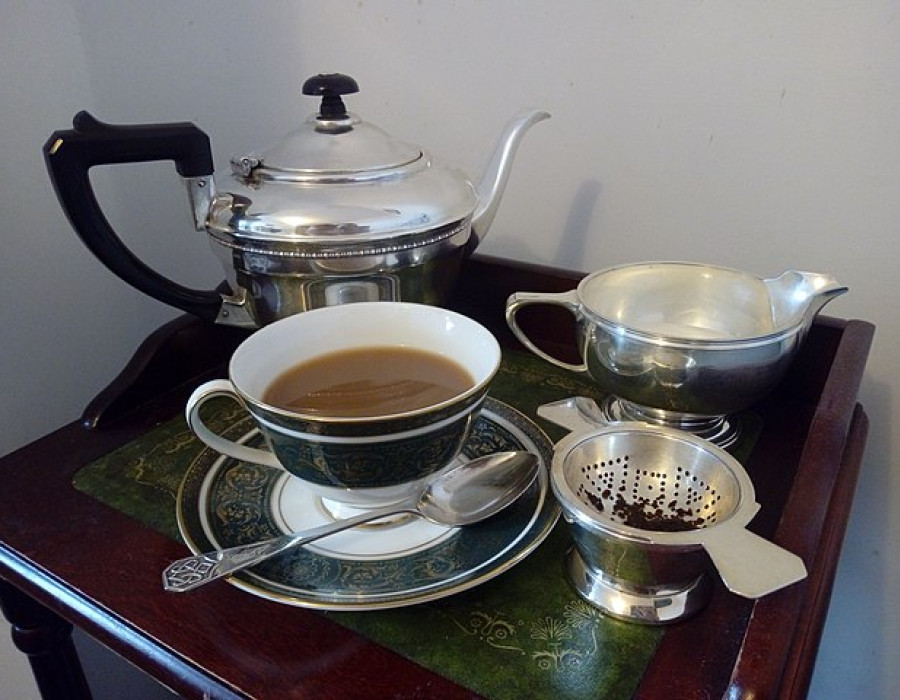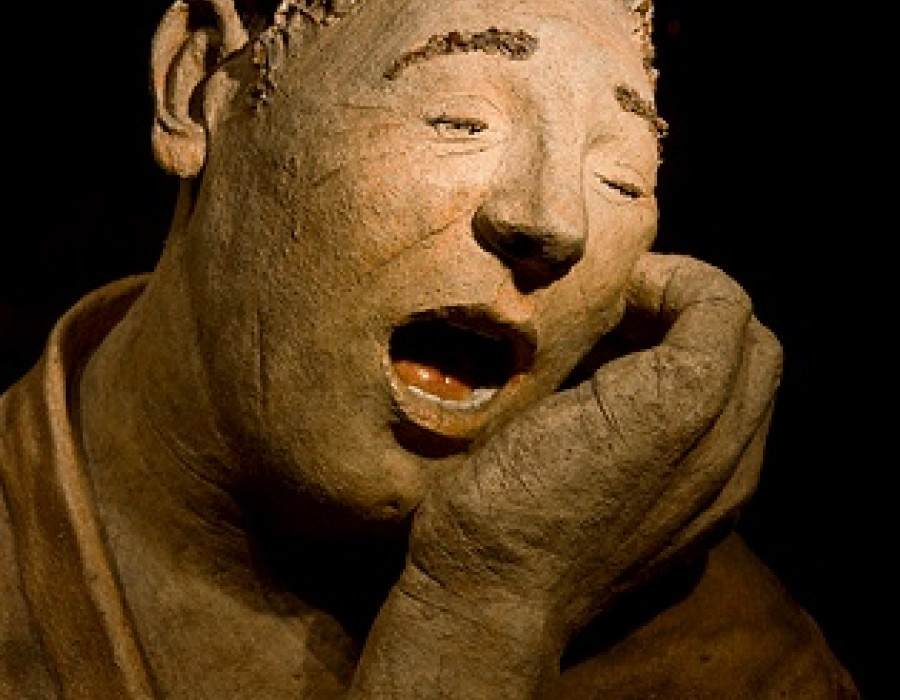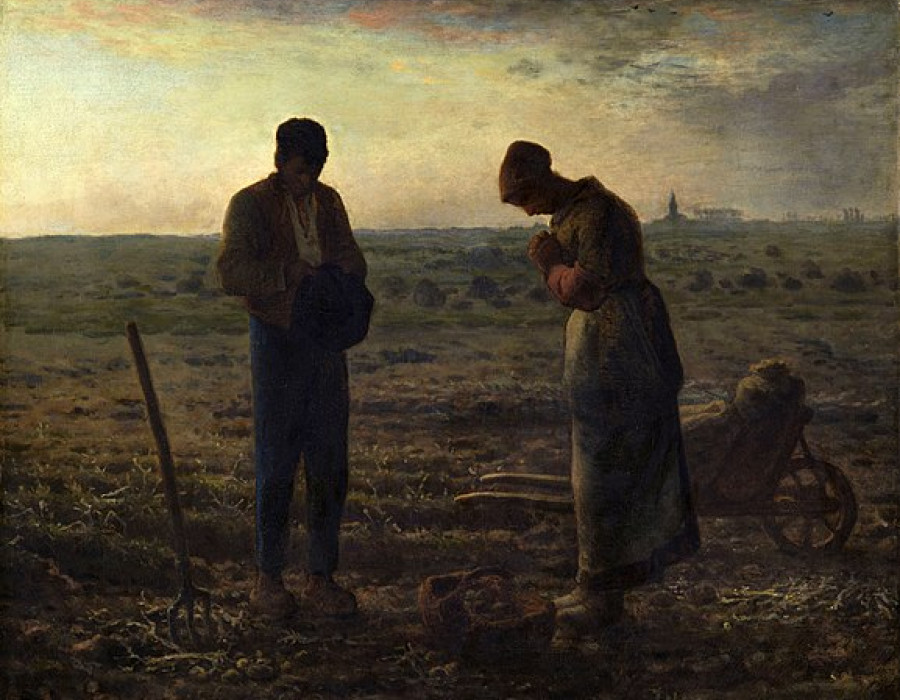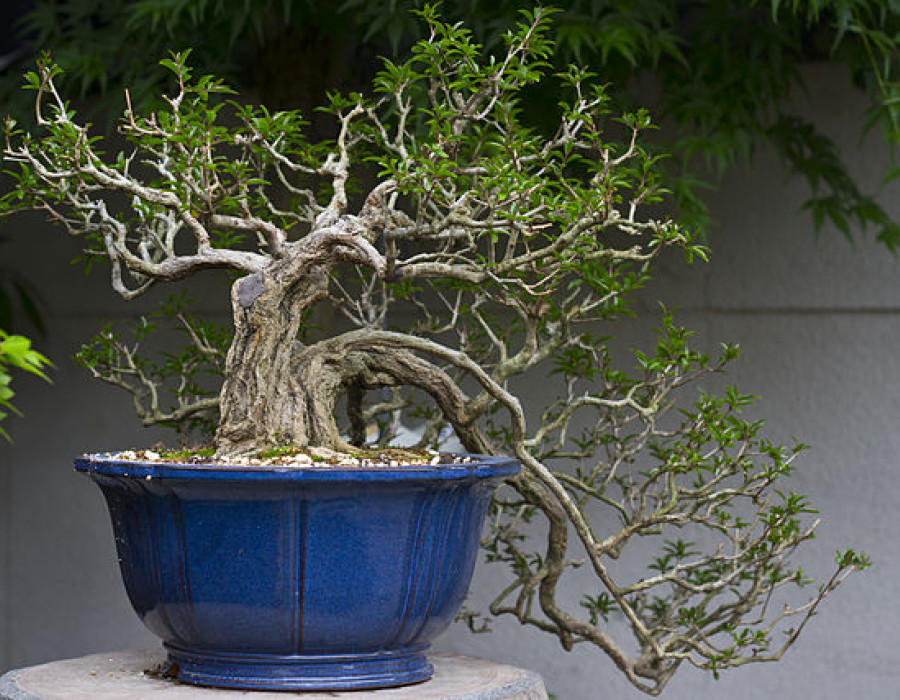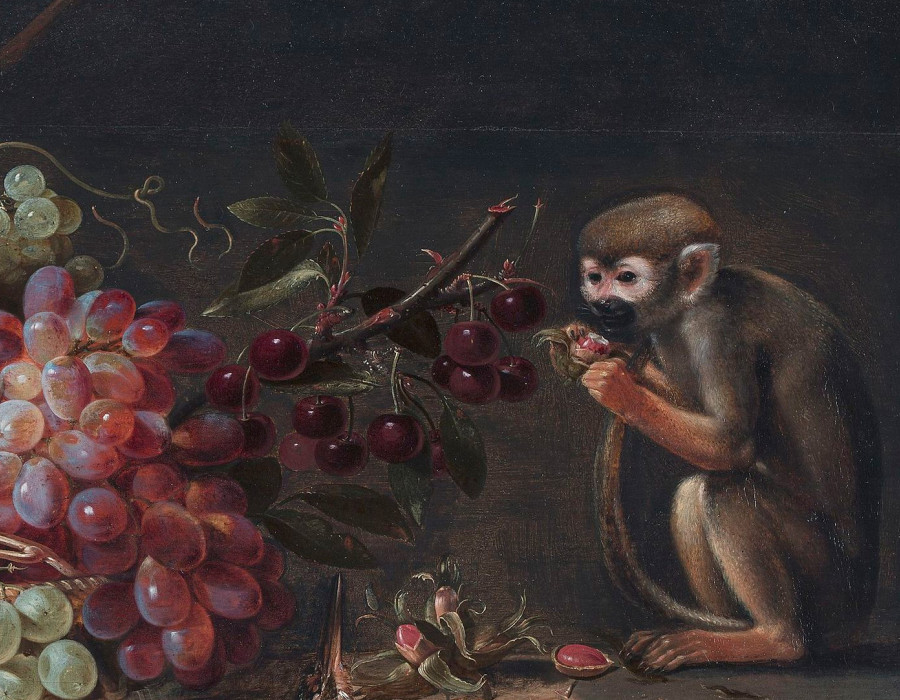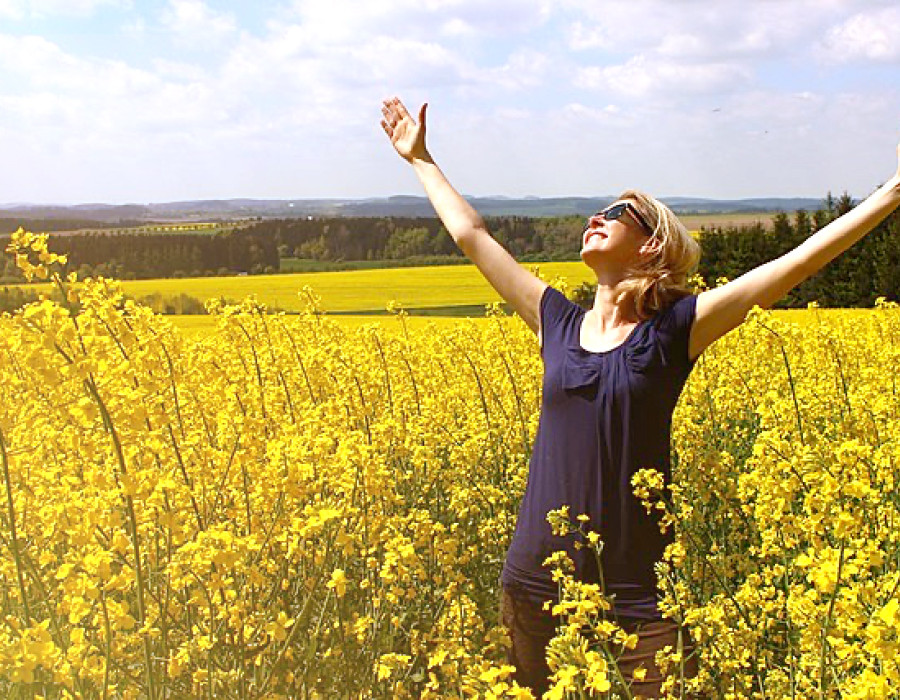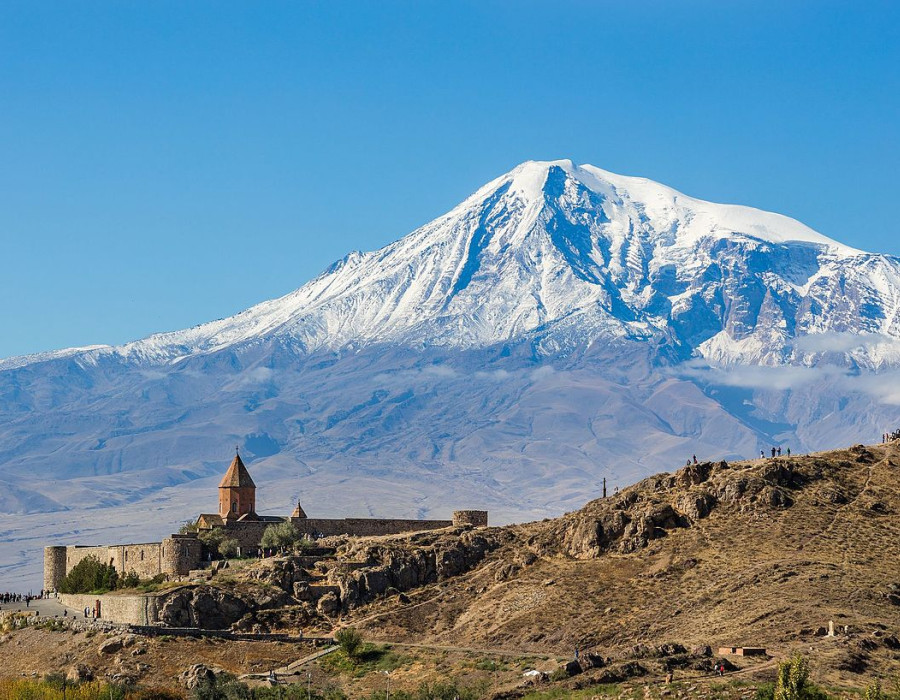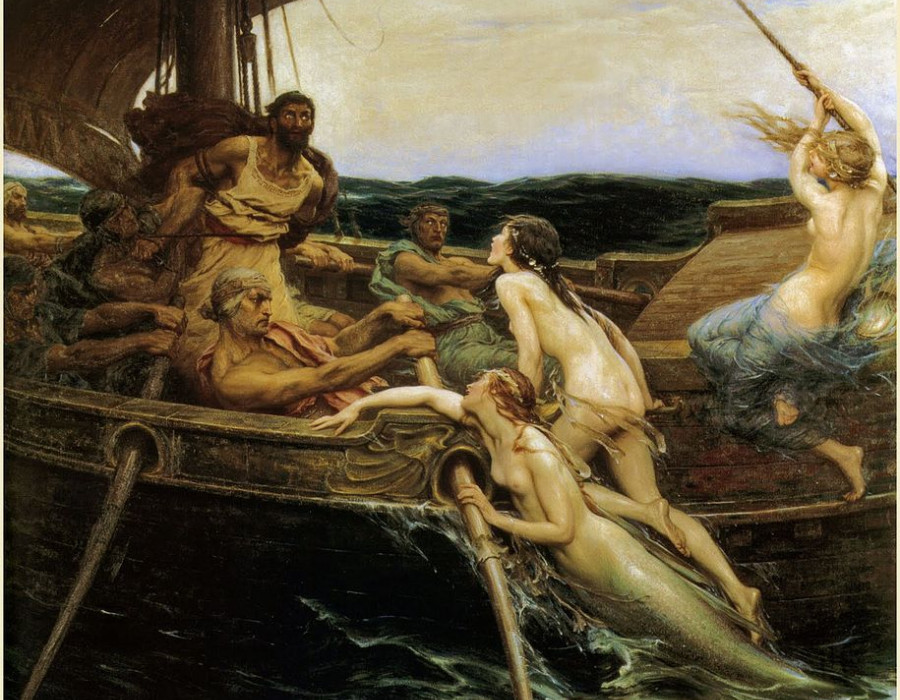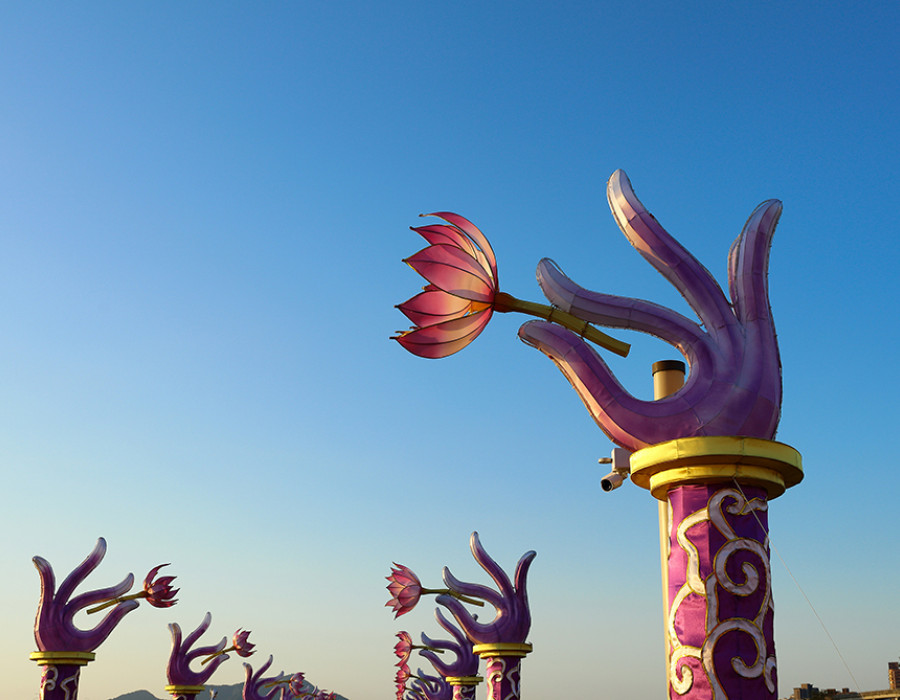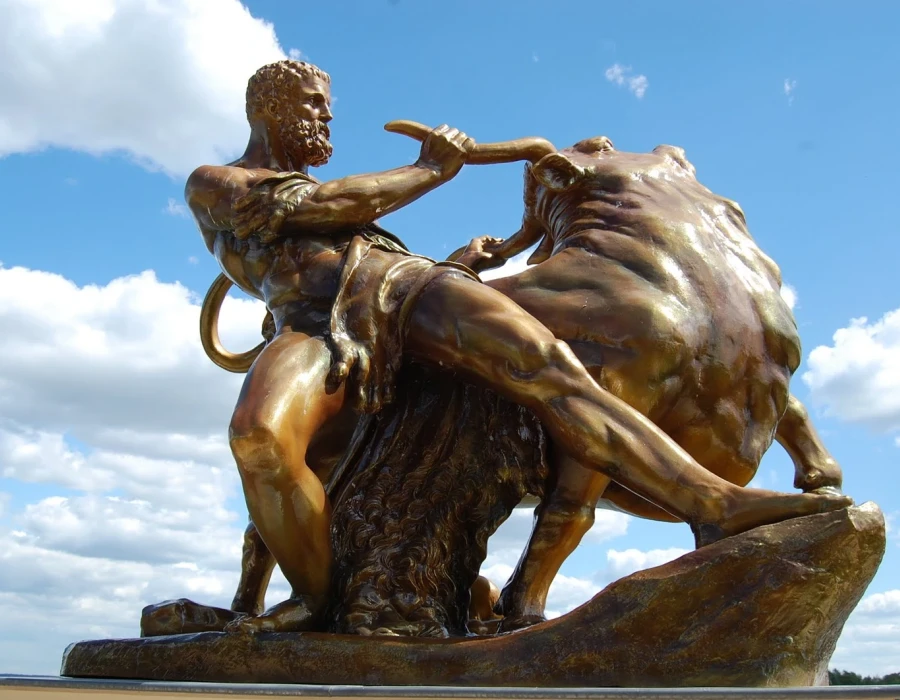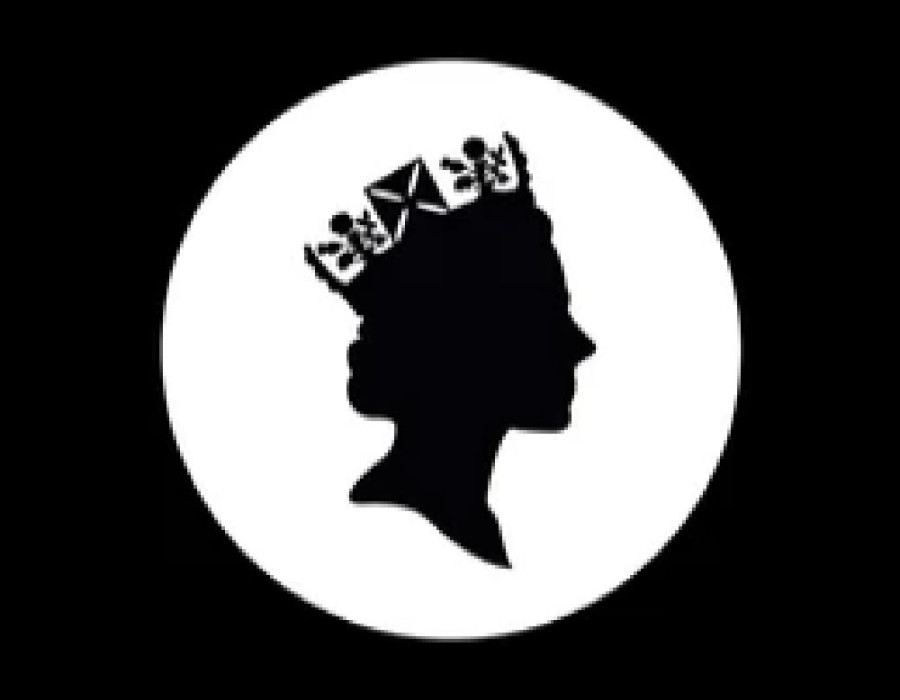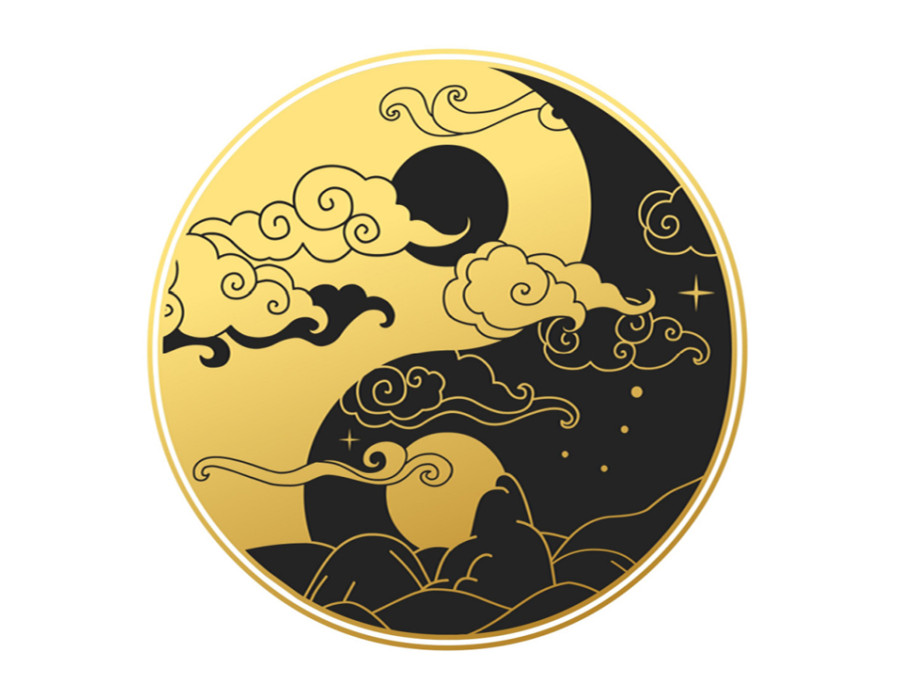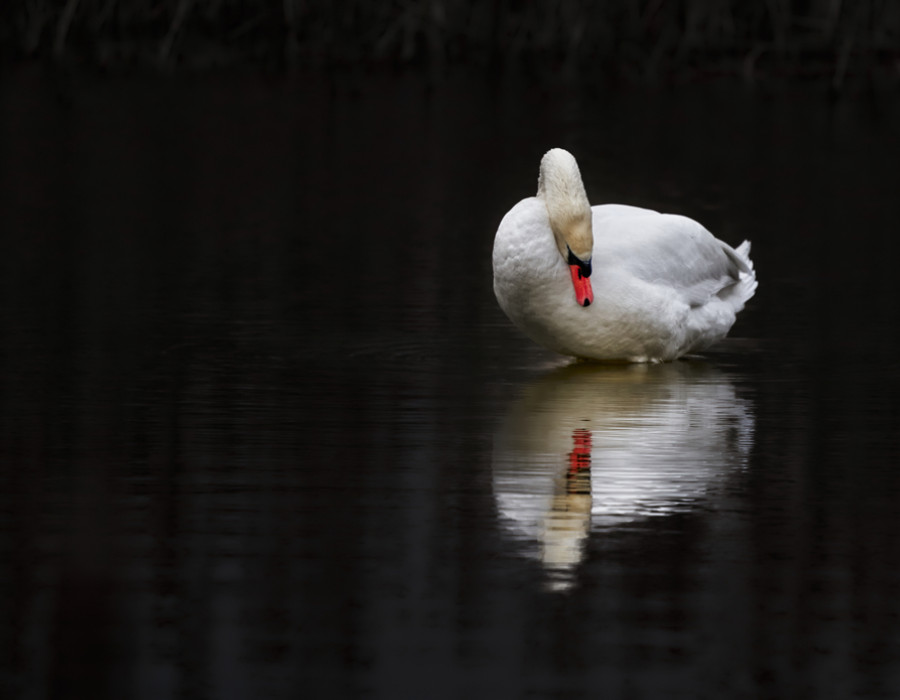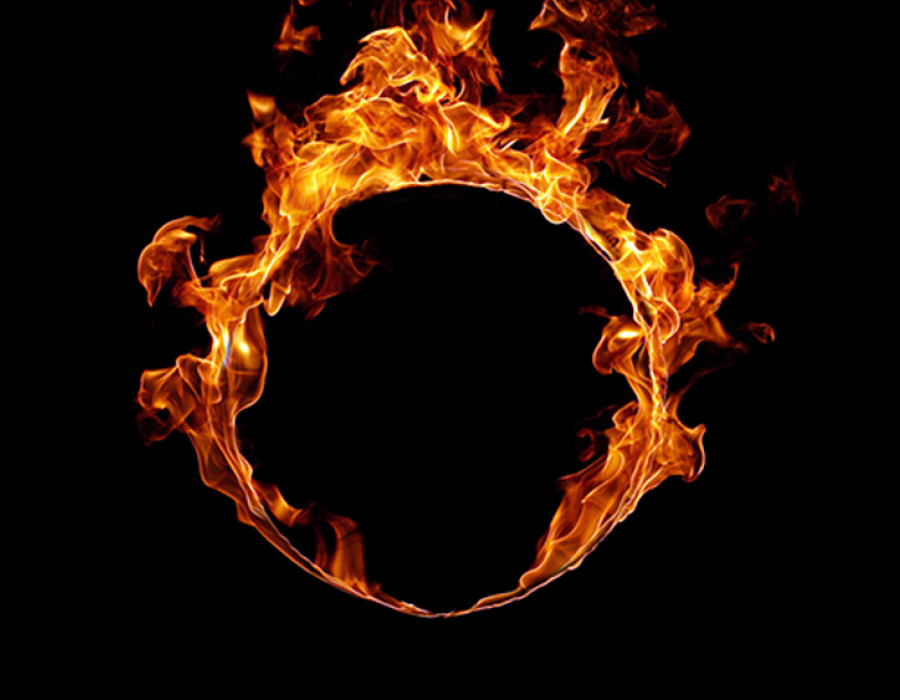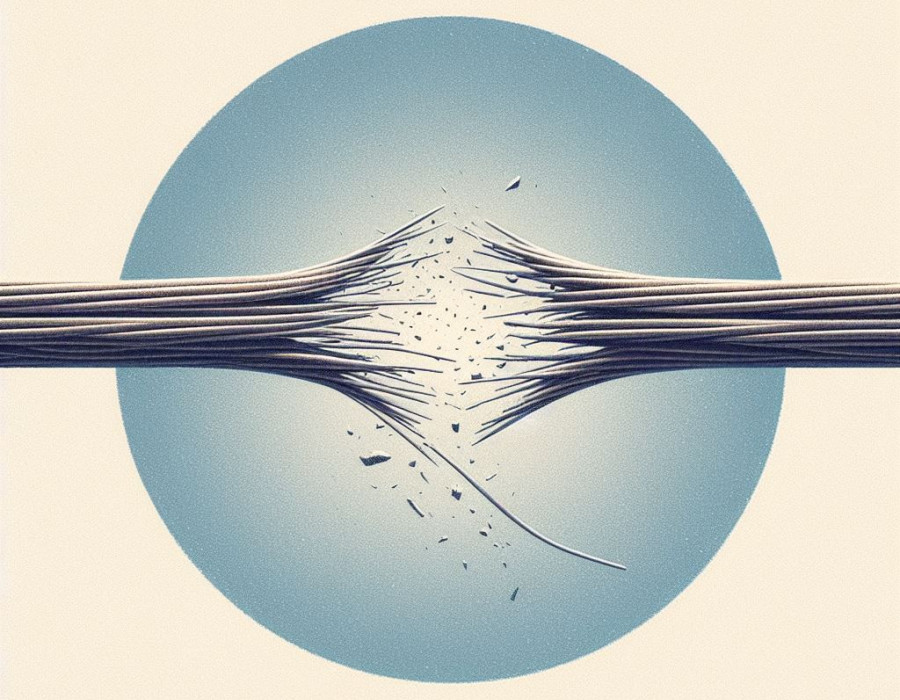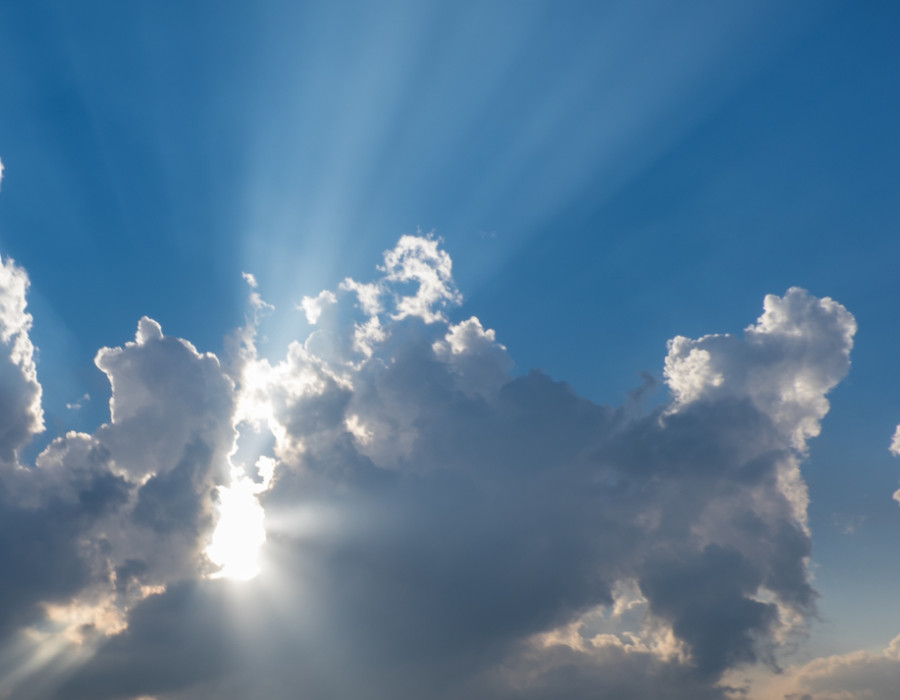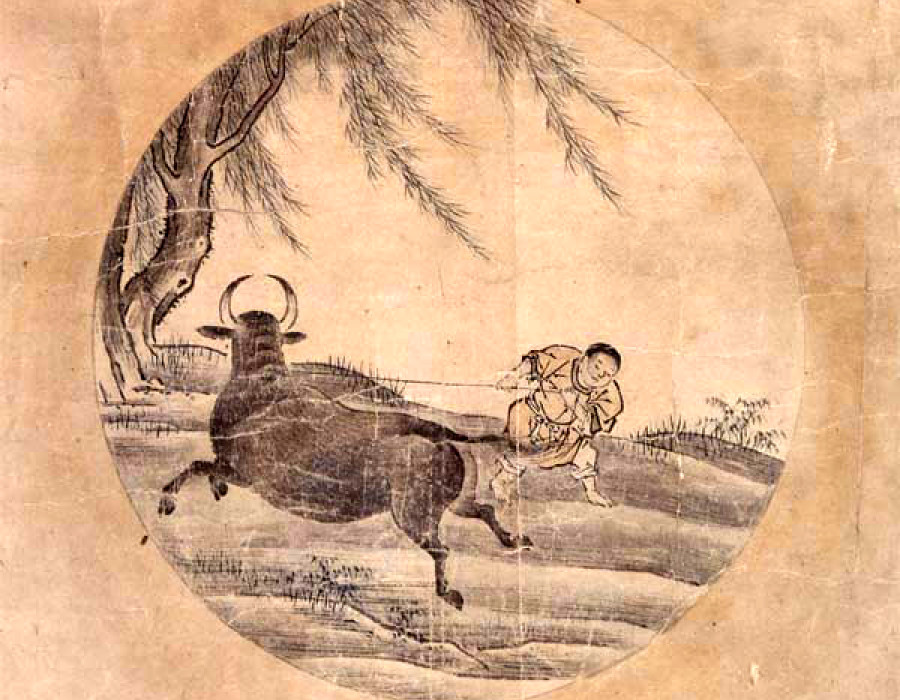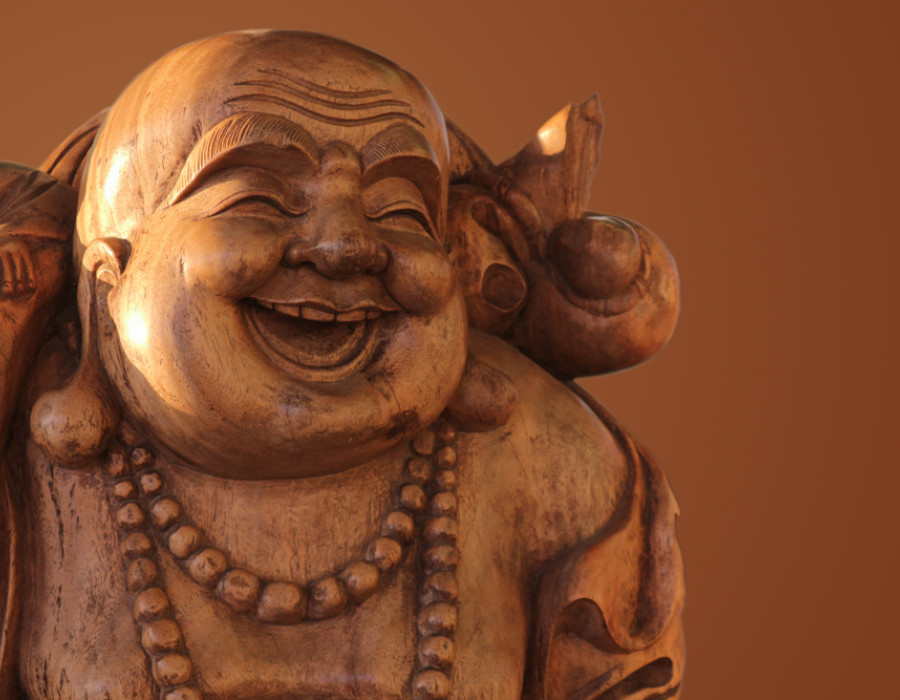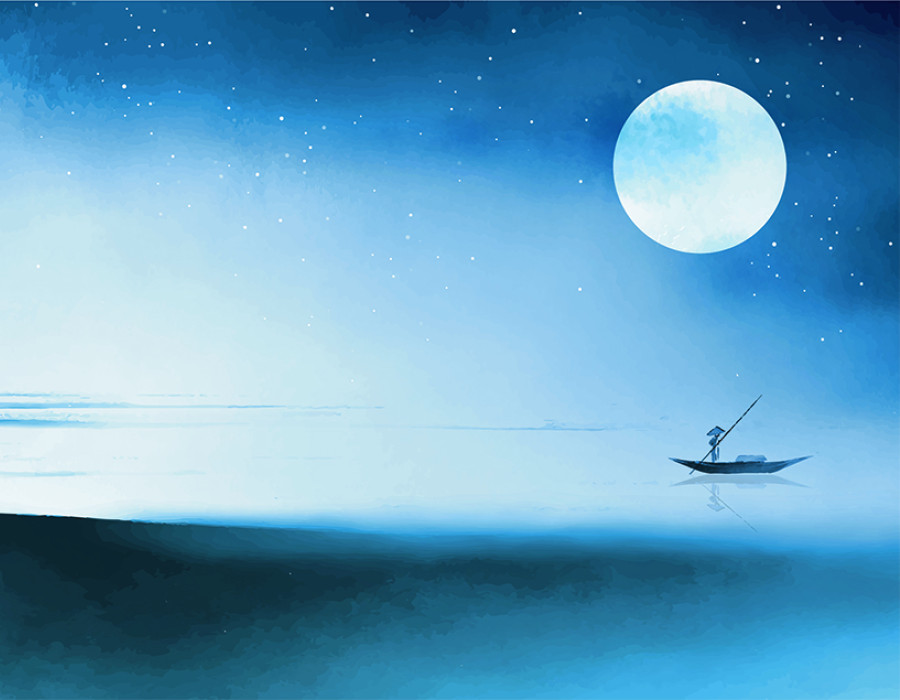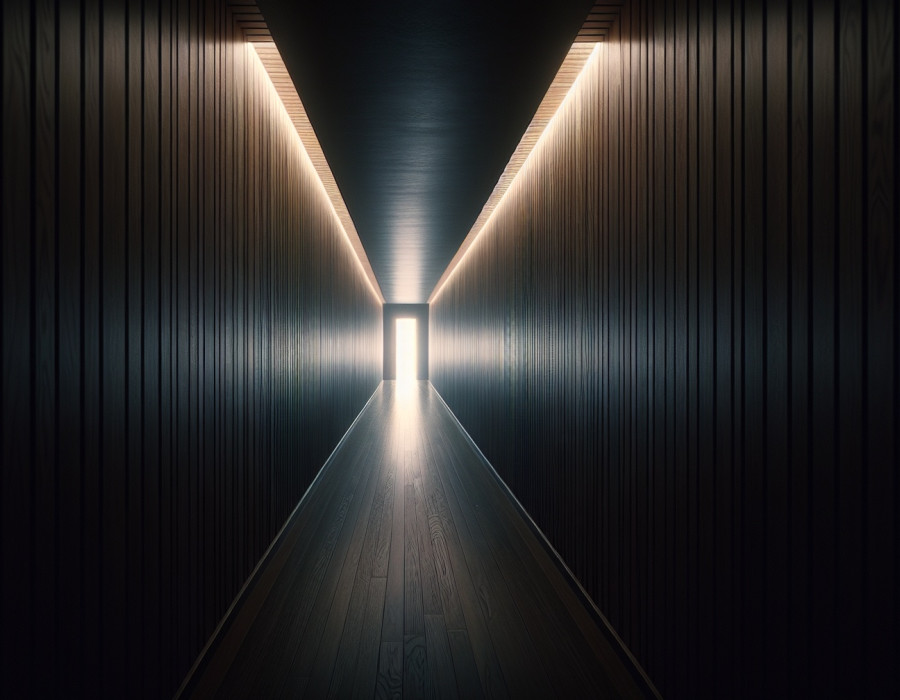Jenny Hall
Verses from the Dhammapada 20
A map of the way is a useful guide but should be no substitute for examining the terrain ourselves.
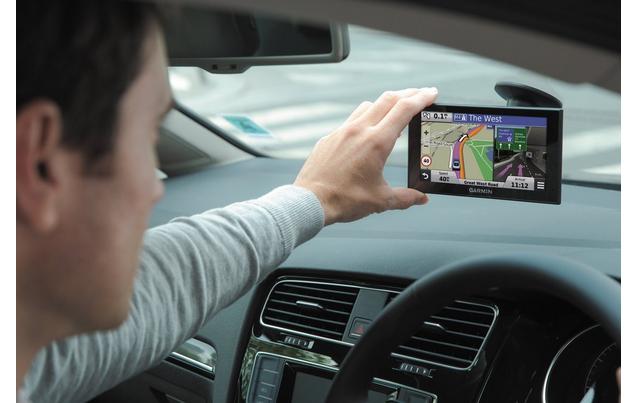
“The man who can repeat but little of the teaching, yet lives it himself – he is a follower of the Blessed One.”
This verse points to the Buddha’s teachings, which are known as the “Buddhadharma”.
The advertising executive and magazine columnist Rory Sutherland wrote about the time he had a satellite navigation system installed in his car. One morning, he wished to travel to Gatwick airport, and the satnav advised him to follow the M25. Although he knew the way would eventually lead to the airport, he also knew that it was frequently congested with lorries. In fact, the travel news on the radio confirmed that there were long tailbacks that morning. By taking an alternative route, he arrived at the airport in good time to catch his flight.
A map is a useful guide, but Sutherland knew that examining the current situation was more reliable. Every morning, when we chant “I take refuge in the Dharma” as part of the Three Refuges, we put our trust in being awake, in seeing reality as it really is, from moment to moment, as the way out of our troubles. We do not rely on preconceived expectations, but on seeing afresh.
The Buddha made it very clear that the Buddhadharma is to be practised wholeheartedly in our daily lives. He taught that our problems, confusion and distress are caused by our belief in “I” as a permanent, separate entity, by our desperate attempts to cling to everything that changes, including our selves. Our thoughts, driven by desire and emotions, generate mental pictures. These cut us off from reality – the Dharma. The way to end suffering is to give ourselves over to that hot, emotional energy: “I” is then burned away, along with all its picture-making. The “choiceless awareness” of Buddha-nature becomes available to us.
“What is the Way?” asked a curious monk.
“It is right before your eyes,” said the Master.
“Why don’t I see it for myself?”
“Because you are thinking of yourself.”
“What about you – do you see it?”
“So long as you see double, saying “I don’t know, but you do” and so on, your eyes are clouded.”
“When there is neither ‘I’ nor ‘you’, can it be seen?”
“When there is neither ‘I’ nor ‘you’, who is the one who wants to see it?”
The Master was pointing out that when the heart is empty of “I”, the Way – the Dharma – is seen for what it is. We are surrounded by the Dharma. Everything offers the opportunity to give ourselves to this very moment.
The third of the Four Great Vows of the Bodhisattva, which we also chant after zazen, says: “The Dharma teachings are manifold; I vow to learn them all.”
One Sunday evening, as a small child, I kneeled on a chair and looked out the window. Suddenly the local church bell began to toll. The sound filled the whole sky. Fear arose in me: the sound seemed to be drawing me out of the warm room into the vast spaciousness of the night sky.
The bell can be seen as the Dharma. The warm room is “me”. The vast spaciousness is the empty heart.
When I first starting teaching, I was provided with a room in which to store materials and lesson preparations. After a while, the room was taken by administrative staff, and a very narrow walk-in cupboard was offered in exchange. I felt extremely disgruntled, and clung to a vivid picture of what I deserved and needed. Annoyance reached the boiling point when a colleague who suffered poor health was allocated the same cramped working area; early in the mornings, rather than having the space and time to prepare for the day, I had no choice but to listen to her troubles. I was determined to find another teaching post that would suit me better. Nothing, however, seemed to be quite right.
Over time, I acknowledged that listening to my colleague wasn’t the problem. It was the fear of not completing all the necessary lesson preparations. I was also reluctant to commit more of my time to it. Once these emotions were confronted, I spent more time after school preparing. It was then possible in the mornings to listen wholeheartedly to my colleague. It wasn’t long before the situation changed. She took sick leave, and the caretaker declared the cupboard too damp. An old storage room became available, and I moved into it.
When all the mind-pictures are emptied out, and when we have confronted the fear, desire and annoyance driving them, the heart opens; at ease in all situations, its warmth benefits all.
© Jenny Hall

